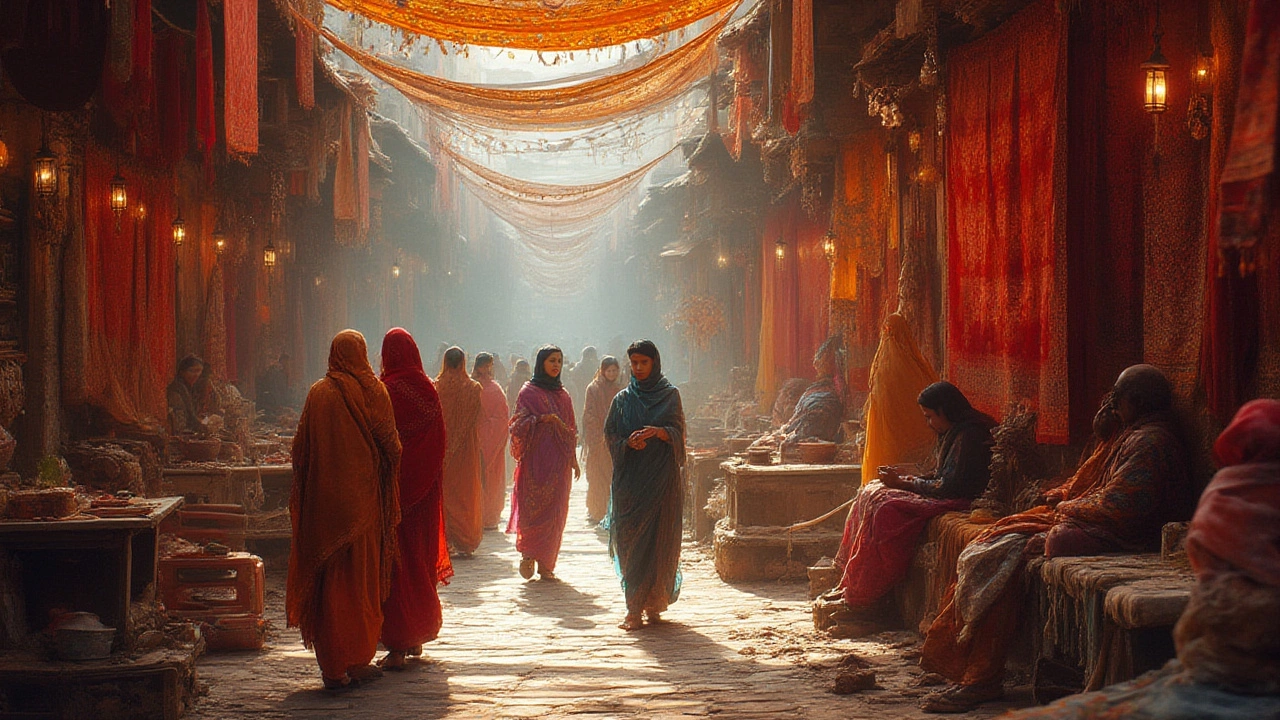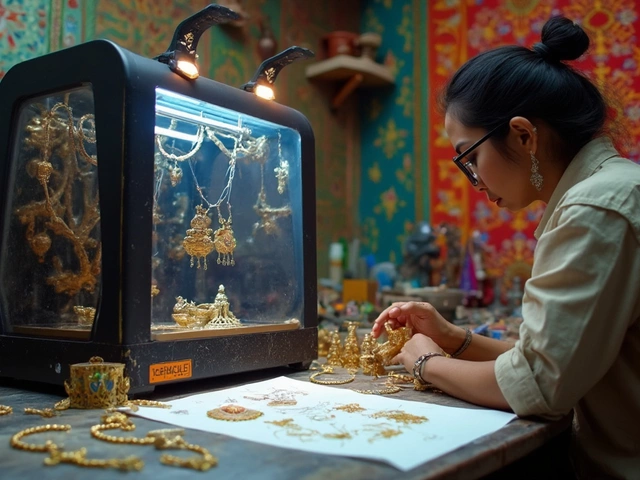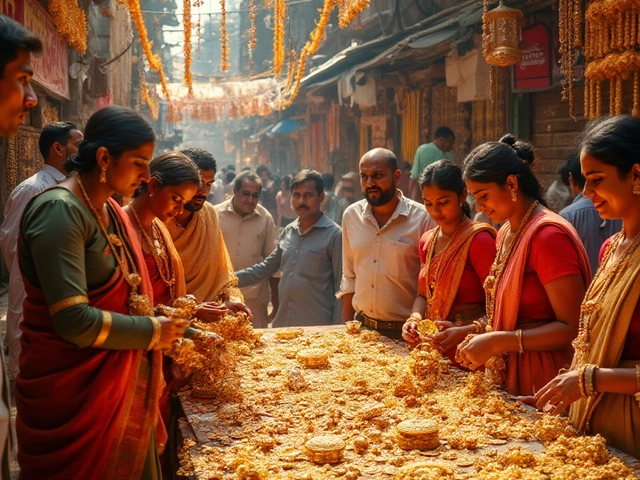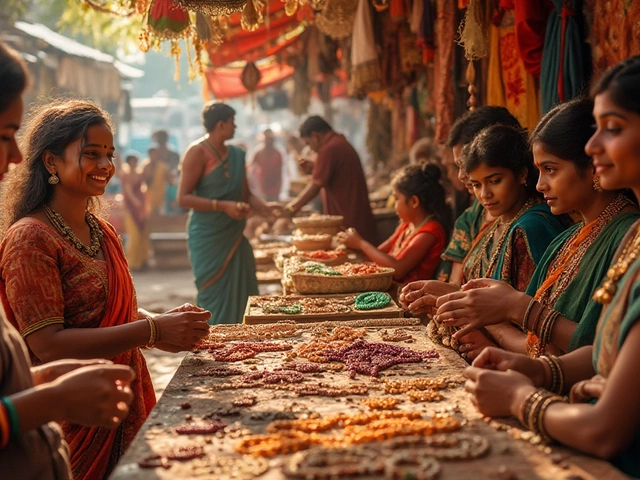Luxury Textiles India: A Practical Guide to Premium Fabrics and Embroidery
If you love Indian style, you’ve probably heard the buzz around luxury textiles. But what makes a fabric “luxury” in India? It’s a mix of material quality, handwork, and cultural story. Think pure mulberry silk, hand‑spun cotton, and embroidery that takes weeks to finish. Below you’ll find simple tips to pick, wear, and care for these gorgeous fabrics without feeling overwhelmed.
How to Spot a True Luxury Textile
The first thing to look at is the raw material. Silk should feel smooth, have a natural sheen, and melt into your skin. If you’re testing cotton, press it between your fingers – a high‑grade cotton like GOTS‑certified organic will feel soft yet sturdy, not papery. Next, check the weave. Luxury fabrics often use a tight, even weave that resists snagging. Finally, examine the hand‑work. A Kantha stitch, for example, reveals small, even rows of cotton thread on a base of old saris or dresses. Nakshi Kantha adds intricate patterns that tell a story, while Sujni uses fine silk thread to create delicate motifs. The more consistent the stitching, the higher the value.
Choosing the Right Luxury Fabric for Your Wardrobe
Start with the occasion. For weddings or formal events, a silk georgette or brocade with gold zari details makes a bold statement. For day‑to‑day elegance, a lightweight hand‑loomed cotton with subtle Kantha embroidery adds texture without heaviness. When you shop online, compare close‑up photos to the description – look for words like “hand‑spun,” “heritage weave,” or “BIS hallmark” for silk. Don’t forget the color. Rich jewel tones—emerald, ruby, sapphire—pair well with gold jewelry, while pastel shades work nicely with silver or rose gold.
Fit matters too. A well‑cut saree drape or a tailored kurta can elevate any fabric. If you’re unsure, try a small swatch at home. Drape it over your shoulder, sit under different lights, and see how it moves. If it feels comfortable and looks good from every angle, you’ve likely found a winner.
When you buy luxury textiles, think about care. Silk loves gentle hand washing in cold water with a mild detergent. Never wring it out – press it flat on a towel to dry. Cotton and linen can handle a mild machine cycle, but avoid high heat. Embroidered pieces need extra care; turn them inside out and wash on a delicate cycle. Storing them properly—rolled on a paper tube or in a breathable cotton bag—prevents mildew and preserves the stitching.
Finally, keep an eye on trends. In 2024, blended fabrics that combine silk with vegan fibers are gaining popularity. They offer the same sheen at a lower price point and are more sustainable. Likewise, block‑printed cottons with subtle Kantha borders are making a comeback on runway shows, proving that tradition and modern style can coexist.
Whether you’re hunting for a statement sari, a hand‑embroidered dupatta, or a luxurious silk cot – this guide gives you a solid base to make smart choices. Browse our collection of articles on Kantha vs Nakshi Kantha, Sujni embroidery, and the best fabrics for different climates to dive deeper. With the right knowledge, you’ll enjoy India’s luxury textiles for years to come.
Most Expensive Fabrics in India: Silk, Pashmina & More
Curious which fabric costs a fortune in India? This guide reveals why silk, Pashmina, and rare handlooms are worth every rupee. Discover traditions, facts, and tips before you buy.





